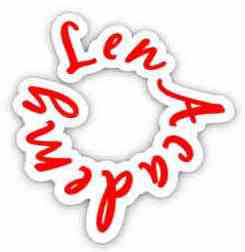 Len Academy
Len Academy
Key Points in Academics
Academic Articles
Problems of agricultural marketing - Agricultural ScienceAn organism will be considered a pest if it does one of the followings:
Attack crops and eat its seeds, roots, stem, leaves and flowers. Examples are locust and grasshoppers.
Cause damage to stored food, fruits or other agricultural produce. Some may even urinate or deaficate on these products. Examples are rodents, cockroaches and mice.
Attack and kill farm animals like goats, sheep and cattle. Examples are foxes, wild cats and snakes.
Act as disease vectors. A vector is an organism that carries parasite and other disease causing organisms, without being affected; but when they introduce the parasites into their host, such host becomes infected with disease. Examples of vectors are rodents and mosquitoes.
Agricultural Science
Social Studies is defined as an integrated study on the interaction of human beings with their physical and social environments.
We can think of our environment as everything that surrounds us at any point in time. For instance, the soil, air, your clothes, phone and everything surrounding you right now are all part of your environment. (That is, they make up your environment).
Social Studies
Physical environment describes every visible thing around us. It could be water, air, soil, clothes, phones or all other things found around us.
Social environment on the other hand describes the various social roles or positions that influence an individual or a group. It is represented in our culture, norms, values, the people and various institutions with whom we interact with. Meanwhile, understand that social media applications like facebook, twitter, instagram, youtube and the likes present a social environment where people can interact with one another regardless their geographical location around the world.
Please read on the meaning and objectives of social studies here
Social Studies
A unitary elasticity of supply is seen when a change in price brings about a corresponding and proportional change in the quantity of goods or services supplied.
The graph below shows a unit elasticity of supply:

Below is an instance of a unitary elasticity of supply:
If a 100% increase in the price of wheat translates into a 100% increase in the production and supply of wheat, then the supply elasticity is said to be unitary elastic and its value is equal to 1.
Unitary elasticity is always equal to 1, that is: Es = 1
The supply curve runs diagonally and will pass through the center.
Economics
Supply elasticity is defined as the rate at which an increase in price of goods translates into its increased production and availability in the market. Supply elasticity is also termed as price elasticity of supply.
Consider the statements below:
If a 100% increase in the price of rice translates into a 100% increase in the production and supply of rice, the supply elasticity is said to be unitary elastic and its value is equal to 1.
If a 100% increase in the price of rice translates into a 50% increase in the production and supply (quantity) of rice, the supply elasticity is said to be inelastic and its value will be greater than zero and less than 1. In this case, the exact value is 0.5: (value of change in the quantity of rice divided by value of change in price of rice = 50/100 = 0.5).
Economics
We have six classes of food. These are:
Carbohydrates
Proteins
Fats and Oils
Vitamins
Mineral Salts
Water
In humans, roughages are not classified as one of the classes of food. This is so because they aren't digested. Instead, roughages facilitate the movement of bowels in the large intestine (colon); and for this reason, they can become useful in treating constipation.
Basic Science
Food refers to anything that is ingested by living organisms, giving them nutrients and thus enabling them to stay alive.
As an instance, 99% of a panda's diet is bamboo. In this case, bamboo is considered as food to a panda since it provides a source of nutrient and keeps it alive. This is shown in the image below:
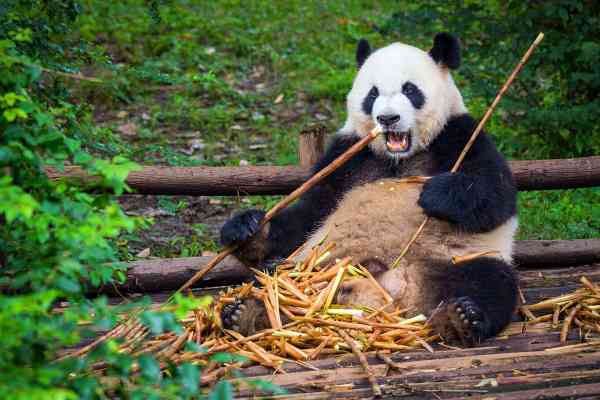
Basic Science
The only process in nature that actively enriches our atmosphere with oxygen is photosynthesis. Every other process like respiration, burning and combustion takes away oxygen from it. In addition, they introduce carbon(IV)oxide (CO2) into the atmosphere.
Photosynthesis is also the only process that takes away carbon(IV)oxide (CO2) from the atmosphere.
Photosynthesis is defined as a process by which green plants manufacture food by utilizing carbon(IV)oxide and water in the presence of sunlight.
Oxygen is given off as a by-product of photosynthesis. In regards to this, it is recommended that each person plants a tree.
Basic Science
Earth's atmosphere is extremely important for the survival of all its inhabitants. As a student, it is important you comprehend how the above functions of the atmosphere support life. The explanations below give credence to this fact.
When one moves further away from earth, the atmosphere becomes thinner until it disappears into the outer space. There is no atmosphere in space. For this reason, astronauts will always wear a spacesuit while carrying along their oxygen gas masks and canisters when in space.
People living on very high altitudes will likely experience a reduced amount of oxygen in the atmosphere. Such people survive because their bodily organs become adapted to survive in such conditions.
On mountain everest for instance, mountain climbers will need to carry oxygen canisters because lesser amount of oxygen is present on this mountain.
Please read more on the functions of the atmosphere here
Geography
If one covers a distance of 10,000 meters in 50 seconds and another covers the same distance in 5,000 seconds, we can conclude that the first person has a greater speed because he covered the same distance at a lesser time.
Speed is defined as distance travelled per unit of time. It can also be defined as the rate of change of distance.
Speed = distance/Time
Speed is a scalar quantity since it has only magnitude. Speed does not have a direction.
Physics
In physics, motion is defined as a change in the position of an object with reference to time.
Although we sometimes sit or stand in a fixed position, that doesn’t mean motion isn’t taking place. The fact that the earth is constantly rotating implies that we are indirectly moving along with it. We can thus say that motion can be relative to some frame of reference.
In the above paragraph, the earth (constantly rotating along its axis) is our frame of reference and everything present on earth is in motion (with regard to earth as a frame of reference).
Please read on the concepts of motion and speed here
Physics
Matter is composed of particles which can be:
Tightly packed together (as seen in solids).
Loosely packed together (as seen in liquids).
Completely separated (as seen in gases).
The movement of the particles of matter is a function of the overall kinetic energy present in them. You can think of kinetic energy as energy in motion.
An increase in the particles' vibrational, rotational or translational motion will imply an increase in temperature while a decrease in the particles motion (vibrational, rotational and translational) will mean a decrease in temperature. Based on this knowledge, we can therefore define temperature as the measure of the average kinetic energy possessed by the particles of matter.
You can read on the concept of matter here
Basic Science
Heat is a form of energy. It cannot be lost according to the first law of Thermodynamics; rather it will be transferred. The first and second laws of thermodynamics are stated below:
Energy can neither be created nor destroyed but can be transformed or converted from one form to another.
1st law of thermodynamics
In the course of energy transfer, some energy is lost in the form of heat to the surroundings.
2nd law of Thermodynamics
Please read on the concept of heat transfer here
Physics
The causes of environmental problems can be either natural or man-made.
Natural causes of environmental problems will include the followings:
Erosion
Earthquakes
Drought
Tsunami
Tornadoes
Hurricanes
Some of the man-made causes of environmental problems are:
Pollution
Ozone layer depletion
Deforestation
Uncontrolled urbanization
Increased turnout of waste
Flooding
Social Studies
Environmental problems can be defined as problems associated with the lithosphere (land), atmosphere (air) and hydrosphere (water) as a result of man's action on earth.
Below are some of the constituents that make up our environment. These constituents may in turn act as factors that bring about environmental problems. They include:
Air or Atmosphere
Soil
Water
Bacteria
The people around us
The animals around us
The things around us. For instance, books, food, shoes, phones and so on.
Please read more on environmental problems here.
Social Studies
Total Topics (183) Paged
Page (2 of 13)
Amazing facts for Students

The Statue of Unity in Gujarat, India, is the tallest statue in the world. It stands at 182 meters (579 feet)
According to research, the problem isn't the amount of food produced; the actual problem is the distribution of these foods. In this regard, we actually produce enough food to feed everyone on earth, but their distribution remains an underlying problem
1,000 computers are used to retrieve the answers to your Google search (query) in 0.2 seconds
Malala Yousafzai is a Pakistani education activist, and she is the youngest person to receive the Nobel Peace Prize award at age 17 in 2014, for her work as a child rights activist and champion of girls’ right to education
Russia is home to the largest area of forest in our world with a land mass of 815 million hectares

Salvator Mundi by Leonardo da Vinci is the most expensive painting in the world. It is valued at 450.3 Million Dollars.
This painting depict Jesus Christ with his right hand raised in blessing, and his left hand holding an orb
According to scientific research, if the first tear drop comes from the right eye, it’s tears of joy. If it comes from the left eye, then it is as a result of pain
Marie Curie was the first person ever to win two Nobel prizes. She won her first Nobel price for physics in 1903, and the second for chemistry in 1911 for her work on radioactivity.
2.7 Billion Dollars was realized from the movie - Avengers: Endgame. This makes it the top-grossing film of all time

The world’s oldest known work of art was discovered by scientists in 2019 on an Indonesian island named Sulawesi. This work of art was created 44,000 years ago, and it shows paintings of three Sulawesi pigs
The shortest war ever lasted for just 38 minutes. This is the Anglo-Zanzibar War in 1896
The first hand-held mobile phone call was made in New York City on April 3rd, 1973

Lake Baikal is the deepest freshwater lake in the world. It is located in Siberia, and has a depth of 5,315 feet (1,620 meters)
River Nile is the world's longest river, reaching a length of 6,853km. It runs through the borders of 11 African countries. These are Egypt, Sudan, South Sudan, Ethiopia, Uganda, Democratic Republic of the Congo, Kenya, Tanzania, Rwanda, Burundi and Eritrea
The deepest place on Earth is the Mariana Trench in the Pacific Ocean. It has a dept of 11,034 meters (or 36,201 feet)
68% of households in New Zealand have a pet, and this is more than any other nation or country in the world

According to the Global Bicycle Index, Utrecht in Netherlands is the most bike-friendly city in the world
According to the Population Reference Bureau, the number of people alive today represents about 7% of the total number of humans who have ever lived.
Japan has recorded the most earthquakes and is thereby considered as the world's most earthquake-prone country
174 world leaders signed the Paris Agreement on Earth Day in 2016 at the United Nations (UN) headquarters in New York. This agreement presents the largest number of countries ever to come together to sign anything on a single day. The agreement aims to combat climate change, accelerate and intensify the actions and investments needed to strengthen the global climate effort
Dentistry is the oldest profession in the world. This is considered true because a research conducted by the University of Bologna, Italy on a 14,000-year-old skull found that one rotten tooth in the jaw had been deliberately scoured and scraped with a dental tool
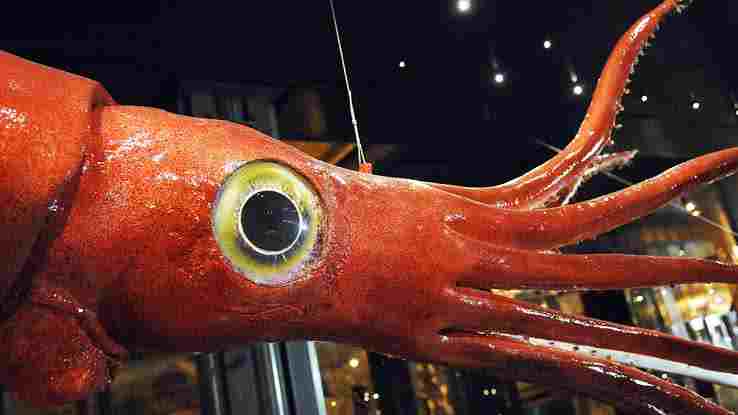
Giant squid lives deep in the ocean and they have the largest eyes in the world
Scrunched and strengthed are the longest one-syllable words in the English language
The hottest temperature ever recorded occurred in Furnace Creek Ranch, Death Valley, California, USA, at 56.7oC or (134oF) on July 10, 1913
The planets Jupiter, Saturn, Uranus and Neptune have no solid surfaces, but are rather made up of gases. For this reason, humans can never stand on them
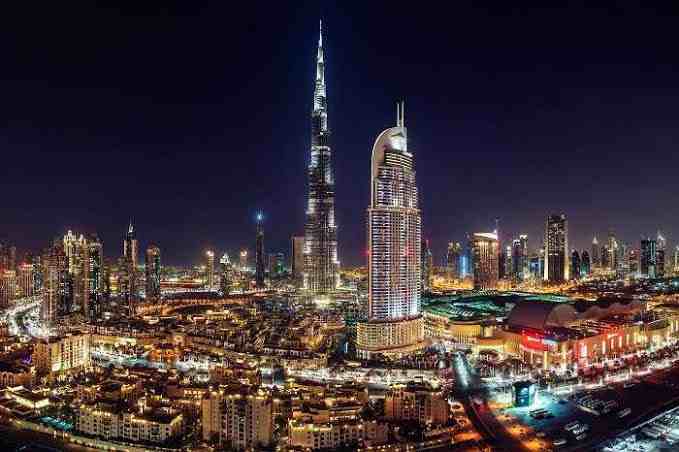
Burg Khalifa is the tallest building in the world (as at 2023). It is situated in Dubai and stands at over 2,700 feet
The longest word in English language with only one vowel is 'strengths'
United States of America is comprised of fifty states and Washington D.C.
The letter 'q' is not present in any of the American states
Scientific research has it that the human nose can distinguish more than a trillion different odors
The movements of the fingers are controlled by muscles of the palms and forehands
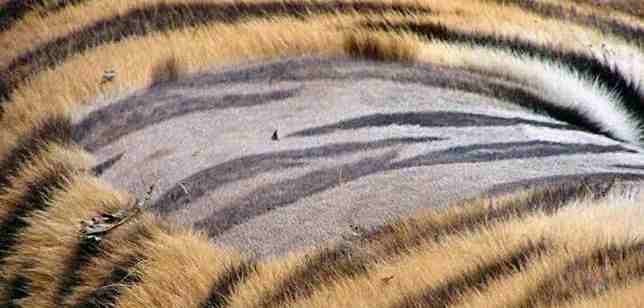
Tigers have striped fur. So also is their skin
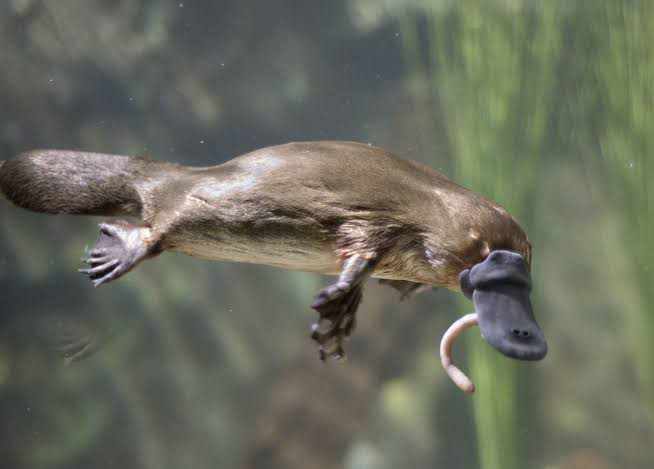
Platypus (sometimes referred to as the duck-billed platypus) is an egg-laying, semiaquatic mammal found in eastern Australia. It has no stomach and as such, its food goes from the mouth through the esophagus and directly to their intestines.

The most common wild bird in the world is native to Africa, and it's the red-billed quelea with a population estimated to be around 1.5 billion
The logo for gmail was designed the night before it was launched
Coca Cola owns all the domain names (website names) that can be read as ahh. They include: ahh.com, ahhh.com, ahhhh.com, ahhhhh.com, ahhhhhh.com and so on..., all the way up to 62 'h's!
Yahoo is an acronym for: 'Yet Another Hierarchical Officious Oracle'
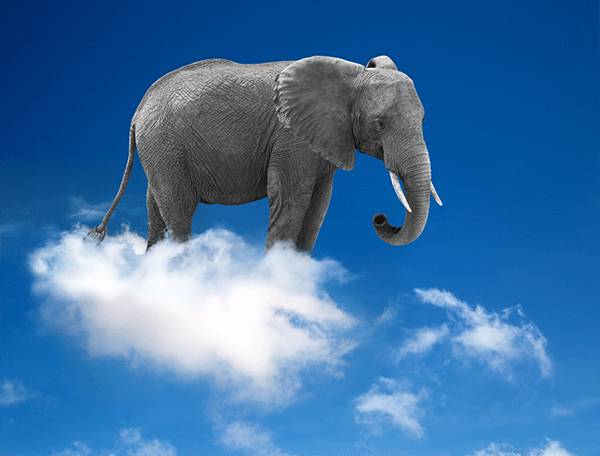
A medium-sized cumulus cloud has a weight of about 80 adult elephants.
You can think of cumulus cloud as a detached, individual, cauliflower-shaped cloud often seen in fair weather conditions
The word pangram refers to a sentence that contains all 26 letters of the alphabet. Below is an example of a pangram:
The quick brown fox jumps over the lazy dog
The word Paraskevidekatriaphobia means the fear of Friday the 13th, while Triskaidekaphobia means an extreme fear of the number 13
Angry and Hungry are the only two English words that currently ends in '-gry'